When a point is emitting unpolarized and homogeneous undulations equally in all directions, its state may be defined by two numbers; as, for instance by the wavelength of the undulations and their amplitude at a certain distance from the point. If the light is not homogeneous, indefinitely more numbers will be required to define it. But when a point upon the retina is illuminated, just three numbers are in every case requisite to define the sensation produced. In other words, light is a triple sensation.
Charles Sanders Peirce (1878)
Triple Sensation
One picture? – in effect there are at least three images composing a colour picture of the night sky in Triple Sensation. The colour images of that cycle evoke associations with the popular aesthetics of the Hubble Space Telescope. But these pictures are much older as they are synthesized from historic astronomical plates. The original records were made in the period between 1890 and 1930 on large black and white photographical plates which show different colour sensitivities. Finally the superposition of the three plates results in a colour composite by assigning a specific colour to each plate. .

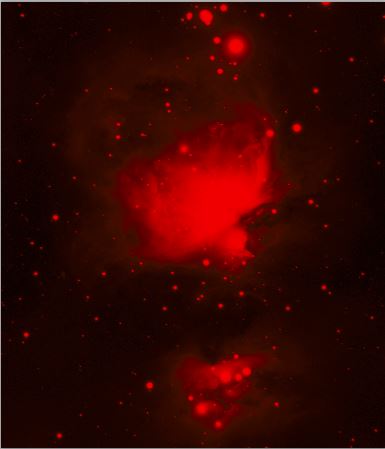
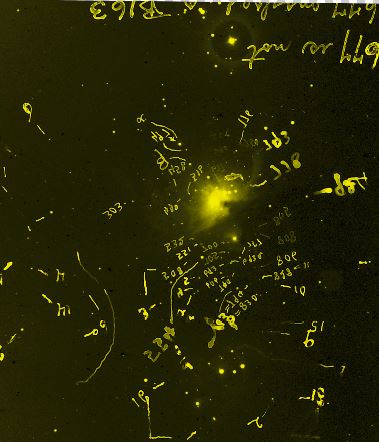

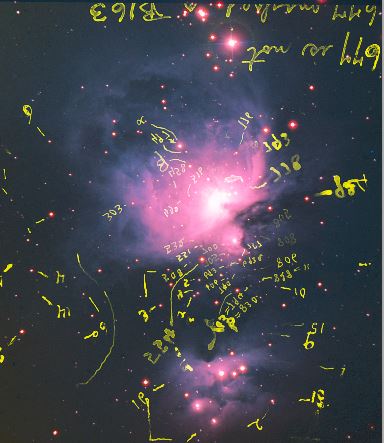
The colour composite (bottom right) of the two gas nebulae in the constellation Orion was synthesized of three glass plate records made 1896 in Arequipa (Peru), 1906 at the Landessternwarte Heidelberg-Königstuhl and 1914 in Cambridge, MA (USA). The exposure time of the relative weak celestial objects was between 30 and 256 minutes. The last plate, which was recorded in the night of Halloween in 1914, shows supplementary inscriptions by the "computers", speaking the woman processing the image analysis.
Although from a technical viewpoint such a colour image of the firmament could have been produced with common colour processes established after 1900 there is no such early astronomical composite existing. So this cycle focuses a curiosity in the history of apparatus based images: Approximately 100 years after the first successful colour experiments in photography colour was introduced in astronomical imaging not before the launch of a new generation of colour film at the end of the 1950s. The composition of colour images based on differently filtered black and white records was established in the 1960s and 1970s (see for instance the book by Malin & Murdin). Being based on historic black and white plates the composites of Triple Sensation reveal that in principal it would have been possible much earlier to synthesize astronomical colour pictures with the composite technique.
As colour was not applied in astronomical images before might be due to the mistrust of astronomers against the human colour vision. Yet in 1878 Charles Sander Peirce (1839–1914) points out in his introduction of his book on the photometry of star light, that the spectrum of inhomogeneous light reveals that an undefined number of values is necessitated to describe quantitatively such a light source. But when light illuminates the retina – independently if it originates from a gas nebula in the constellation Orion or its colour reproduction – simply three numbers suffice to describe the evoked sensation: „In other words, light is a triple sensation.“ So implicitly astronomical images, to be black and white pictures or colour composites, call in question the human three colour perception as a measure for colour vision.
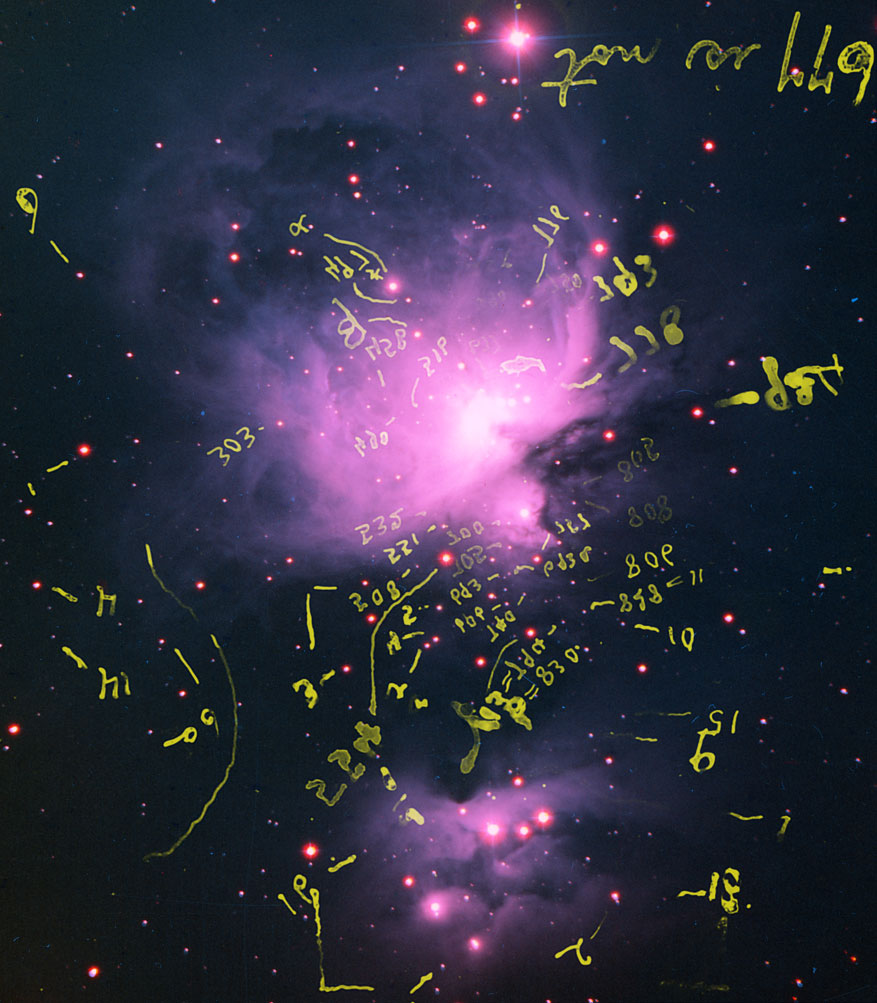
click to enlarge
The image composite of the nebuala in the constellation Orion was created in close cooperation with Richard Hook (ESO) and Alison Doane (Harvard College Observatory). A German essay with more astronomy historical background information has recently appeared under the title Das Mißtrauen gegenüber der Farbe im Bild - zur späten Ankunft der Farbenfotografie in der Astronomie [The mistrust againts colour in pictures - about the late advent of colour photography in astronomy] in the series "Ein Bild" in the Rundbrief Fotografie 20 (December 2013) Nr. 4, S. 3-4.
 In summer 2013 there has appeared the expanded essay Colour beyond the sky – the chromatic revolution in astronomy in the context of an anthology. The essay written together with the astrophysicist Bob Fosbury shows how, since the invention of the telescope, the sky has appeared not only closer but also more colourful. The contribution highlights the triggering of a chromatic revolution wrought by the spectroscope, a revolutionary instrument that transformed astronomy into astrophysics. We ask why it was that colour was only introduced into astronomical pictures as late as the second half of the 20th century. Above all, the essay addresses the history of art and ideas and poses the question of whether 'true colours' are really represented by any kind of picture.
In summer 2013 there has appeared the expanded essay Colour beyond the sky – the chromatic revolution in astronomy in the context of an anthology. The essay written together with the astrophysicist Bob Fosbury shows how, since the invention of the telescope, the sky has appeared not only closer but also more colourful. The contribution highlights the triggering of a chromatic revolution wrought by the spectroscope, a revolutionary instrument that transformed astronomy into astrophysics. We ask why it was that colour was only introduced into astronomical pictures as late as the second half of the 20th century. Above all, the essay addresses the history of art and ideas and poses the question of whether 'true colours' are really represented by any kind of picture.
Roth, Tim Otto; Fosbury, Robert F.: Colour beyond the sky – the chromatic revolution in astronomy, in: Blassnig, Martha (Ed.): Light, Image, Imagination – The Spectrum beyond Reality and Illusion, Amsterdam (Amsterdam University Press) 2013, pp. 242-268.
: 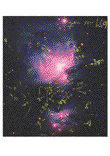

Cover picture on the back side of the current issue of the Rundbrief Photographie (Vol. 20, Dec. 2013)


